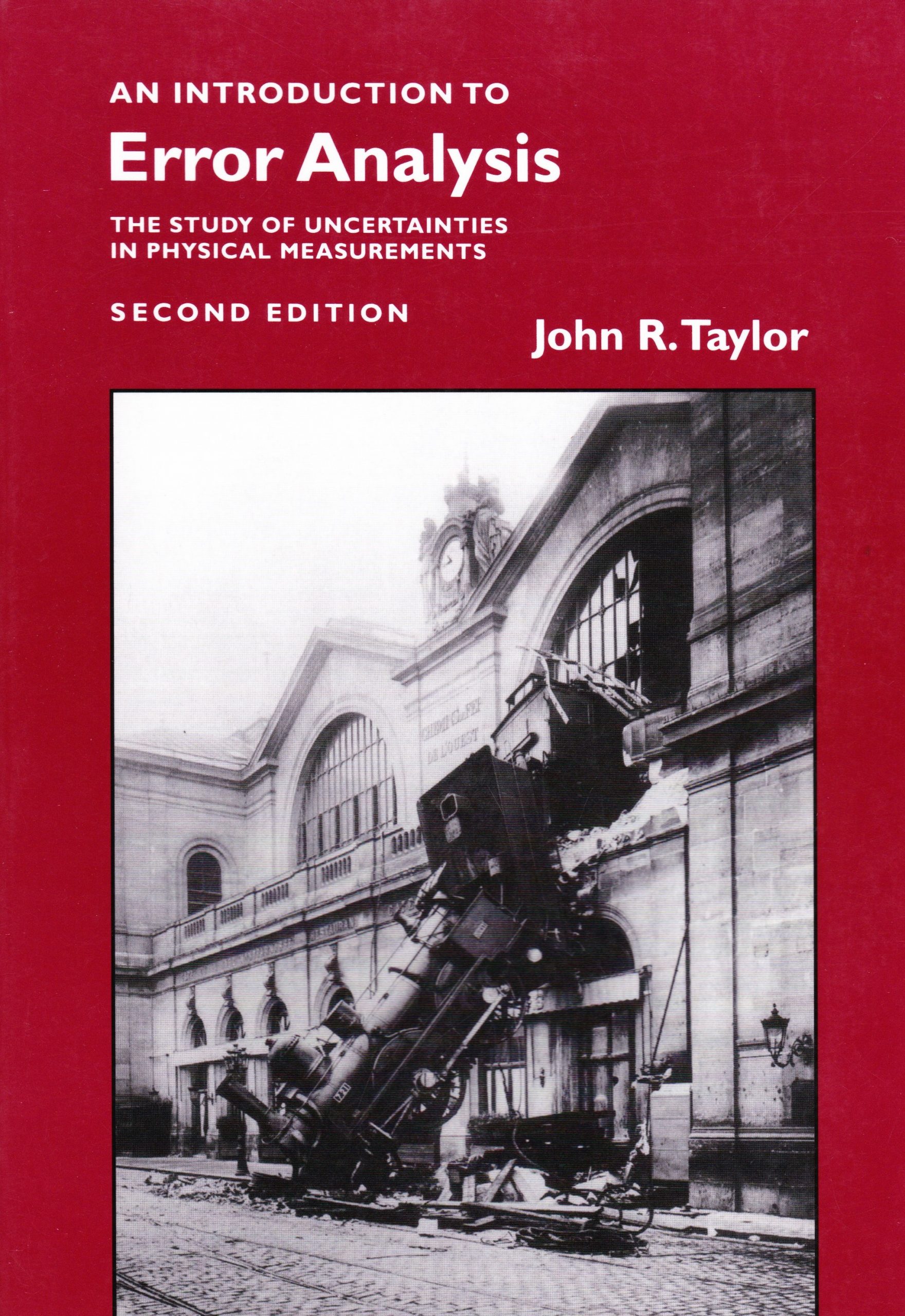
An Introduction to Error Analysis: The Study of Uncertainties in Physical Measurements, Second Edition
The second edition of An Introduction to Error Analysis is now out of print. You can learn about the third edition, featuring Bayesian statistics, here: An Introduction to Error Analysis: The Study of Uncertainties in Physical Measurements, Third Edition
This best-selling text by John Taylor, now released in its second edition, introduces the study of uncertainties to lower division science students. Assuming no prior knowledge, the author introduces error analysis through the use of familiar examples ranging from carpentry to well-known historic experiments.
Summary
This best-selling text by John Taylor, now released in its second edition, introduces the study of uncertainties to lower division science students. Assuming no prior knowledge, the author introduces error analysis through the use of familiar examples ranging from carpentry to well-known historic experiments. Pertinent worked examples, simple exercises throughout the text, and numerous chapter-ending problems combine to make the book ideal for use in physics, chemistry and engineering lab courses. This book has been translated into nine languages, and has more adoptions than we can count.
Translated into Spanish, French, Italian, Japanese, Polish, Chinese, Portuguese, Thai and Korean
Resources
Table of Contents
Preface to Second Edition
Preface to First Edition
1. Preliminary Description of Error Analysis
2. How to Report and Use Uncertainties
3. Propagation of Uncertainties
4. Statistical Analysis of Random Uncertainties
5. The Normal Distribution
6. Rejection of Data
7. Weighted Averages
8. Least-Squares Fitting
9. Covariance and Correlation
10. The Binomial Distribution
11. The Poisson Distribution
12. The Chi-Squared Test for a Distribution
Reviews
“This text provides a rational, step-by-step introduction to understanding and estimating random uncertainties in physical measurements. Although the text is intended primarily for undergraduate students, I find it useful as well at the research level, to introduce graduate students to unfamiliar topics in the study of experimental uncertainties…a high-quality resource [students] can continue to learn from, even after they graduate.”
-Physics Today
“Score a hit! The book reveals the exceptional skill of the author as lecturer and teacher. A valuable reference work for any student (or instructor) in the sciences and engineering.”
-The Physics Teacher

